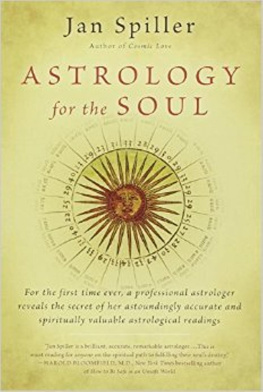Garima Garg is a journalist and an author. Born and brought up in Delhi, she studied economics at Delhi University and attended Columbia University for her MS in Journalism. She writes about culture and her work has been published in various Indian and international publications over the years. In her spare time, she can be found travelling or experimenting as a photographer with her digital, film, and polaroid cameras. She lives with her family in Delhi.
Authors Note

During the course of writing this book, I have often received reactions that were on the lines ofbut why astrology? Most educated and rational people feel that astrology is, in fact, a relic of our ancestors that doesnt really have a place in the modern world and should be left alone. Until about the latter half of 2019, I would have agreed.
But then I witnessed the rising popularity of astrology in the United States, especially amongst the young and progressive. It was a living paradox because having grown up in Indias cosmopolitan New Delhi, it was seen as a superstition. I wanted to understand this huge but interesting gap I had chanced upon. But the more I looked into it, the more astrology revealed itself to me. I began to understand that it was, at its core, a way of understanding our existence in the universe. It was how the ancients made our world a little less terrifying and a little more interesting by storifying the movements of what they saw up above in the night sky and connecting it to what they saw around themselves down here. Astrology, I realised, is not just about the futureit is about the stories of existence, religion, astronomy, culture, psychology and aiding our journeys of self-discovery. My object here is not to convince you, the reader, towards or against astrology in any way but only present a wholly fascinating story that I found hiding in plain sight. I hope you will enjoy tracing the twists and turns of the story of astrology just as much as I have enjoyed putting together this cosmic puzzle.
But how often does it happen that a work becomes a self-fulfilling prophecy? Originally picked up by Westland Publications, the book was nearing its publication when the company was unfortunately shut down. After that, it found its present home in Penguin Random House India. I'm grateful to both companies for their vote of confidence in my work, without which this book wouldn't have become a reality. My literary agent Anish Chandy and editor Karthik Venkatesh not only took a chance on the idea of a first-time author but also helped me navigate the unlikely and fateful ups and downs of this literary journey. I'm grateful to them for giving me the opportunity to write this book and for their constant support, encouragement and grace throughout the two years of this journey. If a book may be judged by its cover, then I'm grateful to Gavin Morris for designing the most beautiful one for this. I'm also grateful to an army of individuals across the editing, design, legal, sales, marketing and other functions because of whom this book has found its way to you.
My research was aided by books, articles, videos and podcasts, but in addition to these, there were also many people who freely gave me their time and insights that have been very helpfulS. Rajmohan, Ankit Pandey, Chris Brennan, Jeffrey Kotyk, Nicholas Campion, Komilla Sutton, Dr. Arjun Pai, Niravta Mathur, Archana Patchirajan, Anton Zvyagintsev and Aswin Subramanyan.
While I have had no formal education or training in astrology, it was in good part because of my maternal aunt, Anu Goyal, who was studying astrology at the time when I began my research that I was better able to appreciate the intricacies of Jyotish. Even though there is no tradition of astrology in my family, in writing this book I have perhaps followed in the spiritual footsteps of my maternal grandfather, Late Ram Swarup Bansal, who enjoyed palmistry and used to love reading the palms of newborn babies in the family. It is also an attempt at uncovering what lies beyond the rational and empirical worldan endeavour I have picked up from my mother, Babita Garg. It is thanks to my brother, Siddharth, that I have learnt to pay attention to detail when writing and developing my ideas beyond the first impulse. Finally, it is because of my father, Ashok Garg, that I have understood the value of working hard which is something I hope I have done with this book.
It is also because of certain events in my lifethat took place seemingly out of nowhere and for no reason, i.e., my own fatethat have shaped my reality and ideas of what is possible. Events such as these, which can be both a nightmare or a miracle, have shaped all of our lives since time immemorial and will continue to. Heavens and Earth, then, is not only a journalistic investigation into the phenomenon of astrology but also a personal journey into the questions of fate, karma and the nature of life itself.
Prologue: Story of Astrology

Once upon a time, a prince of Hastinapur named Dushyant fell in love with Shakuntala, daughter of a revered sage, when he chanced upon her at the hermitage where she lived. They professed their love for each other but their bliss was interrupted when he had to leave, bound by his duty to the throne. He left Shakuntala with his ring which bore the royal insignia and a promise to return. But years passed by and he never showed up. Poor Shakuntala was left so desolate that when a sage showed up, she mistakenly committed the sin of not serving him food, distracted by thoughts of her prince. The incensed sage cursed her that she would be forgotten by the very person she was longing for. But seeing her penitent, the sage relented, and allowed for a way to overcome the curse: she would be remembered again if she showed him proof of their bond.
So she set off on her journey to her princes kingdom, hoping to be reunited with her lover, her heart full of love and her only proof the ring Dushyant had left behind. On the way, however, the ring slipped from her grasp and fell into a river. She continued her journey with feeble hopes, but the king, predictably, failed to recognise her. But then, fate worked its magic. It just so happened that the ring found its way into the hands of another sage who arrived at the court sometime after a sorrowing Shakuntala had left. In an instant, the ring reminded Dushyant of his time with Shakuntala. At last he reunited with her and their son she had been raising all alone. This son, Bharata, laid the foundation of the Indian civilisation.

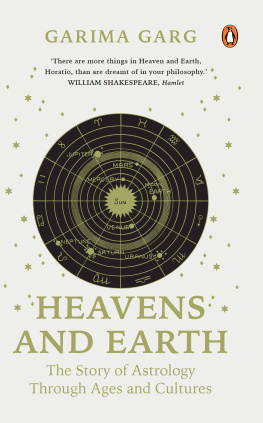

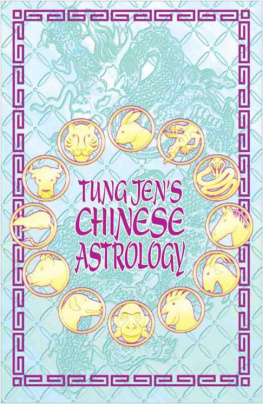

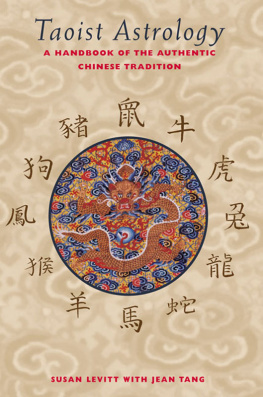
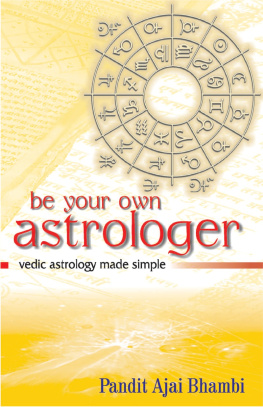
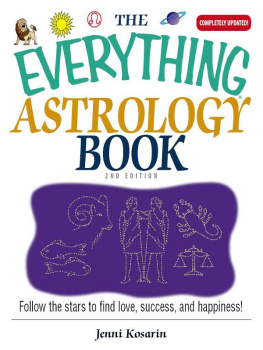
![Kevin B. Burk - Principles of Practical Natal Astrology: Talented Astrologer Training Book 1 [FIXED Layout EPUB]](/uploads/posts/book/156304/thumbs/kevin-b-burk-principles-of-practical-natal.jpg)


